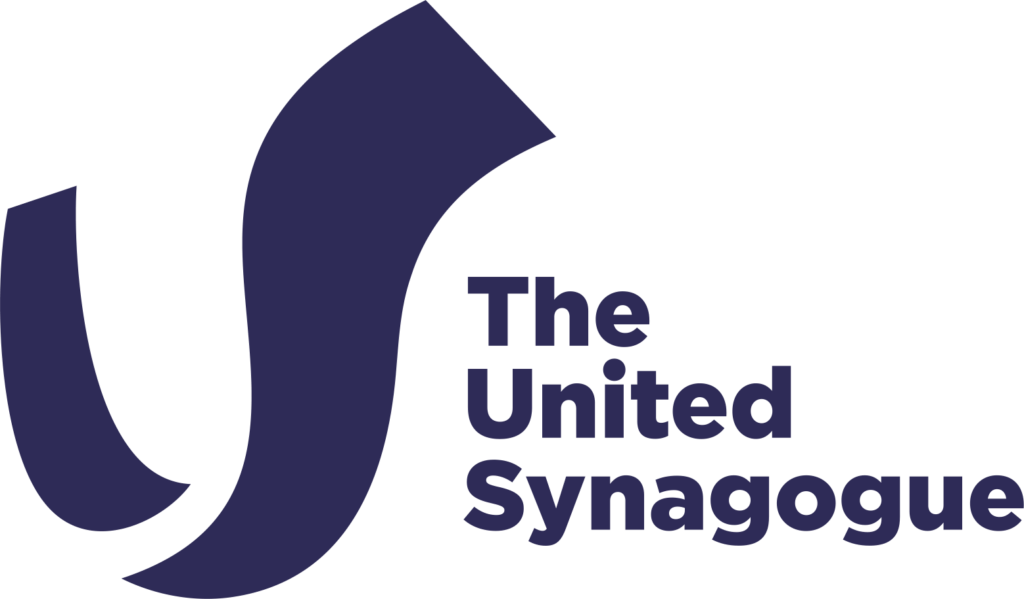The Torah adds new details about the offerings that were discussed in last week’s sedrah. The olah (elevation) offering could be left burning on the mizbeach (altar) throughout the night. In the morning, a Kohen would remove the ash. Wood needed to be added on the mizbeach every day as fuel for the three fires that were constantly burning. The mincha (meal offering) was baked unleavened; those parts eaten by the Kohanim had to be consumed in the courtyard of the Mishkan (Tabernacle).
A fine flour offering from a tenth of an ephah volume of flour was to be offered by every Kohen on his first day of service, half in the morning and half in the afternoon. The Kohen Gadol had to bring this offering every day. Like the olah, the chatat (sin) offering was slaughtered in a designated part of the Mishkan. The procedure for an asham (guilt) offering is detailed.
One who survived a dangerous situation could bring a todah (thanksgiving) offering, which was a category of shelamim (peace) offering. It was accompanied by baked loaves; those parts of its meat designated for consumption had to be eaten within a specific time. One was forbidden to eat an offering in a state of ritual impurity. An offering which became impure was to be burned, not eaten. The blood of all animals and certain fats (chelev) of specific animals was strictly forbidden to eat. The right thigh and the chest of a shelamim (peace) offering were eaten by the Kohanim.
The Torah details the seven-day inauguration process of Aharon and his sons, starting on 23rd Adar, a week before the setting up of the Mishkan (on 1st Nisan), which was detailed previously in Parashat Pekudei. Moshe washed and dressed Aharon in the special garments of the Kohen Gadol and anointed his head with oil. He then dressed Aharon’s sons in their designated priestly garments.
Moshe brought a bull as a chatat offering. Parts of this were burned on the mizbeach; the remainder was burned outside the camp. He then brought a ram as an olah offering. Aharon and his sons laid their hands upon both offerings (semicha).
A second ram, a shelamim, known as the ‘inauguration ram’, was offered. Moshe also sprinkled inauguration oil, mixed with blood from the offerings, on Aharon and his sons, as well as on their garments. Moshe instructed them on how to eat the relevant parts of the inauguration offerings and told them not to leave the entrance to the Mishkan for the whole of the inauguration period.

